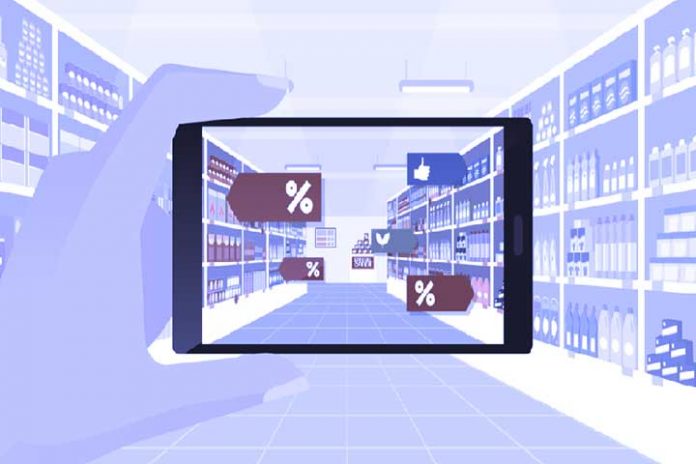The need for physical stores to join the digital transformation not to be left behind was already pressing before the coronavirus crisis. Still, in the last year, it has become simply essential. The e-commerce progress has leaps and bounds, and consumers increasingly care less about the channel they buy: the only important thing is that the experience gained is good. Buying online is easy, convenient, and secure, so the retail sector must evolve quickly to continue attracting customers to its stores. In this challenge, technology plays a fundamental role.
Today’s consumers want physical stores to surprise them, to have a personalized experience like those they have in their online purchases, and for everything to be easy and fluid. Technological solutions can answer all of this. Using data analytics, for example, you can find out what customers are looking for and value and what products may surprise them. The installation of digital posters in establishments allows personalized information about promotions and their different characteristics. You can also ensure that everything in the store is as it should be thanks to sensors that notify employees when necessary to take some action, such as restocking a product.
These are just a few examples of how digitization can help transform the retail experience, but more. Intelligent price tags, cloud-based checkout systems, digitized logistics that connects the entire supply chain, interactive information areas… Some of these solutions are visible to customers, conveying an image of modernity, and others are focused on improving behind-the-scenes processes to ensure the final experience meets and even exceeds consumer expectations.

